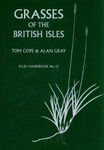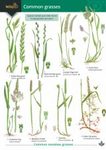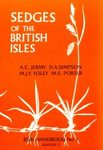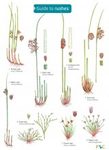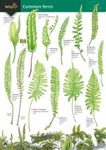World / Checklist
By: Christopher R Fraser-Jenkins(Author), Kanchi N Gandhi(Author), BS Kholia(Author), DR Kandel(Author)
450 pages, 76 plates with colour photos
![An Annotated Checklist of Indian Pteridophytes, Part 3: Lomariopsidaceae to Salviniaceae An Annotated Checklist of Indian Pteridophytes, Part 3: Lomariopsidaceae to Salviniaceae]()
Click to have a closer look
About this book
Customer reviews
Related titles
About this book
Language: English
With the completion of the third and final volume, the decade-long project to revise and catalogue Indian Pteridophytes (ferns and allies) have reached its conclusion. The last such project attempted was Beddome's Handbook of Ferns of 1883-1892, where genera and species treated were almost unrecognisable compared to today.
In these three volumes, nomenclatural details, types, full synonymy, Indian and global distribution, IUCN status, and often descriptive comments are given for 1135 species (including 42 exotics) and 53 further subspecies, 1145 indigenous taxa, in India. Hybrids are also treated. The classification and emphasis of the books are based on wider taxonomic considerations and recognisable taxa, over and above purely molecular-cladistic schemes. Notes and corrections of previous reports are made, particularly in the Appendices and under excluded species. Nearly 600 clear photographs, often of rare and critical species not previously illustrated, are provided showing the important characters for recognition.
Part 3 deals with some families of the general dryopteroid lineage, nearest to tectarioid ferns, Lomariopsidaceae to Oleandraceae. These are followed by Davalliaceae, which appears to represent a transition from Dryopteridaceae towards the advanced, large and critical, mainly epiphytic polypodioid families, Polypodiaceae and Grammitidaceae.
The checklist is completed with the isolated heterosporous water-fern families, Azollaceae and Salviniacaeae, of a rather unclear relationship, but probably arising from near Schizaeaceae and Lygodiaceae, and currently placed after those families, though not dealt with in Part 1. The volume ends with an Appendix with corrections and additions to parts 1 and 2 and corrections and comments concerning some recent publications relating to Indian ferns.
In addition to aiming to produce a detailed and comprehensively accurate account of these plants, many new revisions at species and some at a generic level have also been made in the book itself while setting out to maintain the important balance between molecular and morphological concepts of taxa.
The detailed and careful, up-to-date research that went into the preparation of this work is unprecedented in South Asia, It is hoped that stability of names and concepts along with an indication of modern directions of research in various groups may result from the present work, which is intended to provide a comprehensive basis for present and future fern-study, cataloguing and identification relevant to the fern-flora of the whole of Asia.
Customer Reviews
World / Checklist
By: Christopher R Fraser-Jenkins(Author), Kanchi N Gandhi(Author), BS Kholia(Author), DR Kandel(Author)
450 pages, 76 plates with colour photos

















